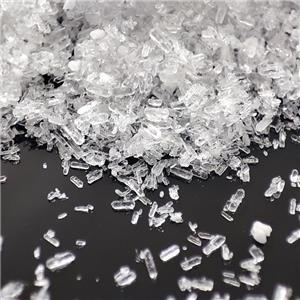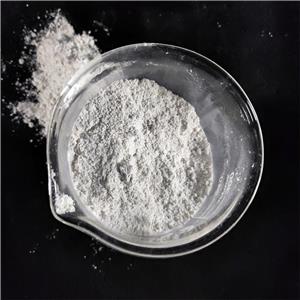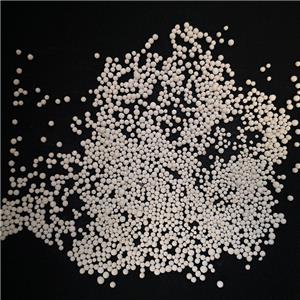What does talc do in paint?
Talc For Automobile Paint (chemically known as magnesium silicate hydroxide, Mg₃Si₄O₁₀(OH)₂) is a widely used mineral additive in the paint and coatings industry. Talc For Automobile Paint's unique physical and chemical properties make it a valuable component in various formulations, from architectural paints to industrial coatings. Below is an expanded discussion on its functions, benefits, and specific applications.
1. Talc as an Extender and Filler
Cost Efficiency and Pigment Optimization
Talc For Automobile Paint acts as an economical extender, reducing the need for expensive primary pigments like titanium dioxide (TiO₂) while maintaining acceptable opacity and coverage.
Since TiO₂ is one of the most costly components in paint, Talc For Automobile Paint helps lower production costs without significantly compromising quality.
Film Reinforcement and Crack Prevention
Talc For Automobile Paint's lamellar (plate-like) particle structure enhances the mechanical strength of the paint film, reducing mud-cracking and improving adhesion to substrates.
In high-solids and thick-film coatings, Talc For Automobile Paint's helps maintain structural integrity, preventing shrinkage and film defects.
2. Improving Paint Workability and Application
Brushability and Smooth Application
The soft, platy nature of talc particles contributes to better brush and roller application, reducing drag and improving spreadability.
In spray-applied coatings, Talc for automotive coatings helps control viscosity, ensuring even atomization and a uniform finish.
Suspension Stability and Anti-Settling
Talc for automotive coatings's moderate density helps prevent pigment settling during storage, reducing the need for excessive stirring or shaking before use.
Talc for automotive coatings works synergistically with rheology modifiers (such as bentonite or fumed silica) to maintain a stable dispersion.
3. Enhancing Durability and Resistance Properties
Moisture and Chemical Resistance
Talc for automotive coatings is hydrophobic (water-repellent), making it useful in exterior paints where moisture resistance is critical.
In industrial and marine coatings, Talc for automotive coatings improves resistance to acids, alkalis, and salt spray, extending the lifespan of protective coatings.
Abrasion and Wear Resistance
Although Automotive Grade Talc Powder is soft (Mohs hardness of 1), its layered structure provides reinforcement, improving the paint’s resistance to scuffing and mechanical wear.
This makes it suitable for floor paints, automotive undercoatings, and machinery coatings.
4. Controlling Sheen and Texture
Adjusting Gloss Levels
Automotive Grade Talc Powder is often used in matte and low-sheen paints because its particles scatter light, reducing glossiness.
For semi-gloss formulations, Automotive Grade Talc Powder are used to balance smoothness and reflectivity.
Textured and Specialty Paints
In textured wall coatings (e.g., stucco-like finishes), Automotive Grade Talc Powder adds bulk and body without excessive weight.
Automotive Grade Talc Powder is also used in anti-slip paints for floors, where its particle structure contributes to a slightly rough surface.
5. Anti-Sagging and Film Build Properties
Automotive Grade Talc Powder helps prevent sagging in thickly applied paints (e.g., heavy-bodied primers and industrial coatings).
Its inclusion allows for higher film build without runs or drips, which is crucial in protective and corrosion-resistant coatings.




